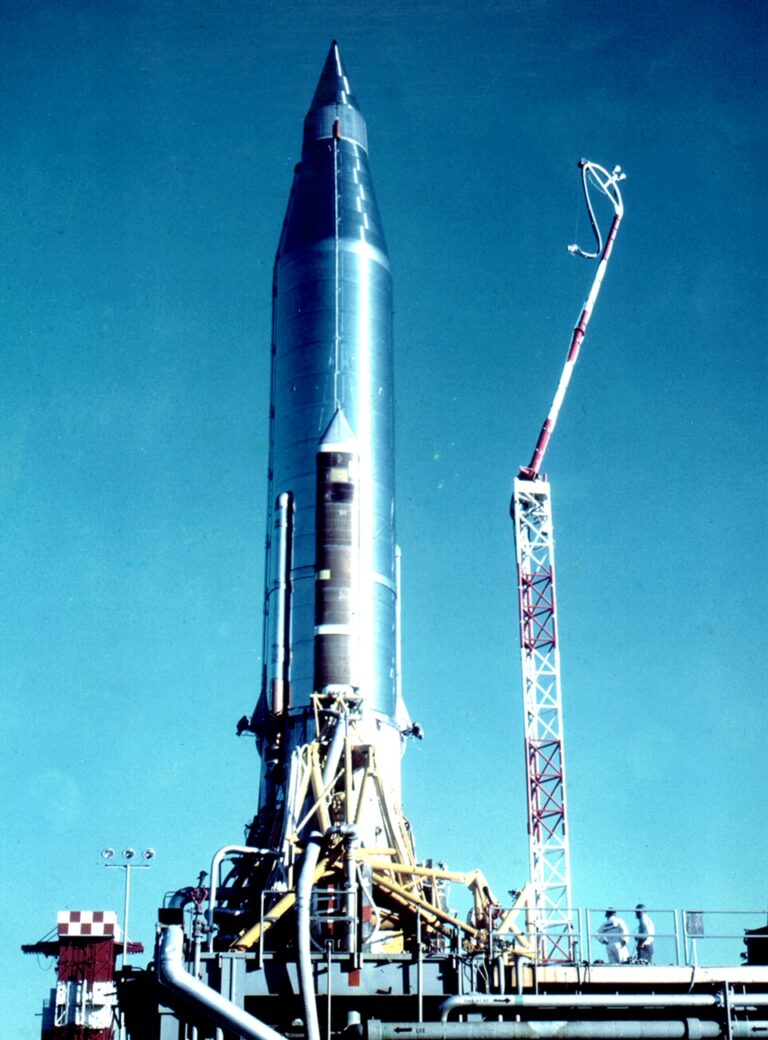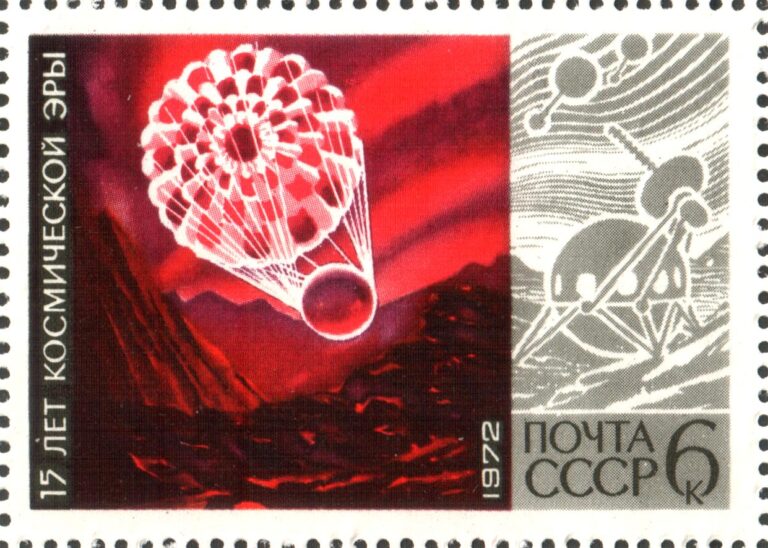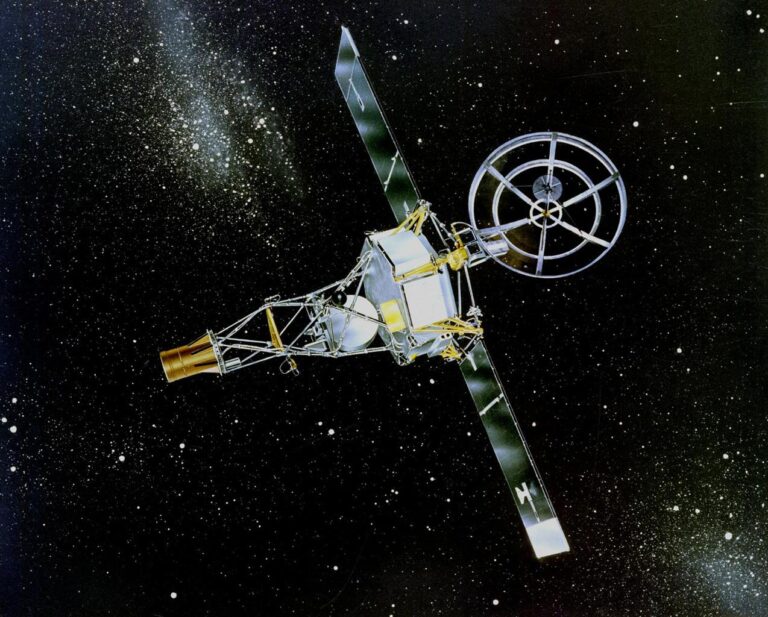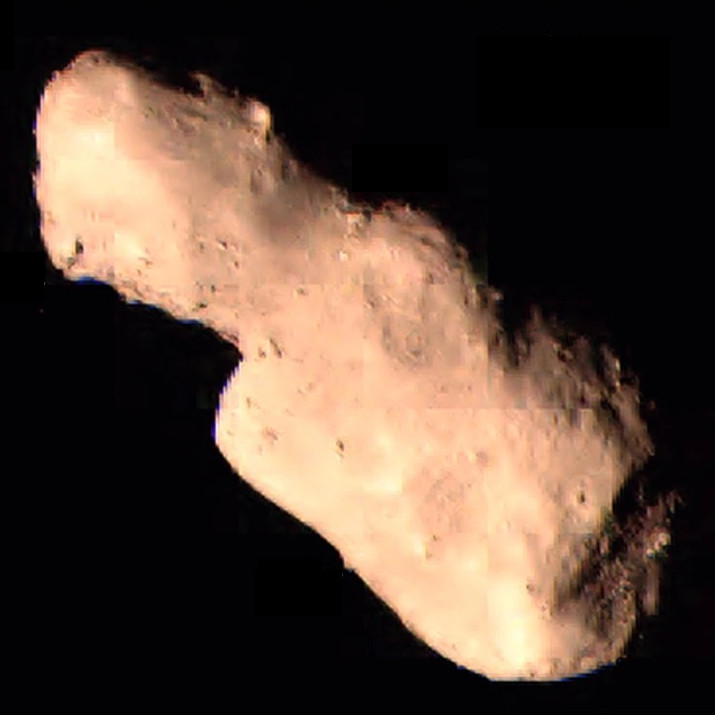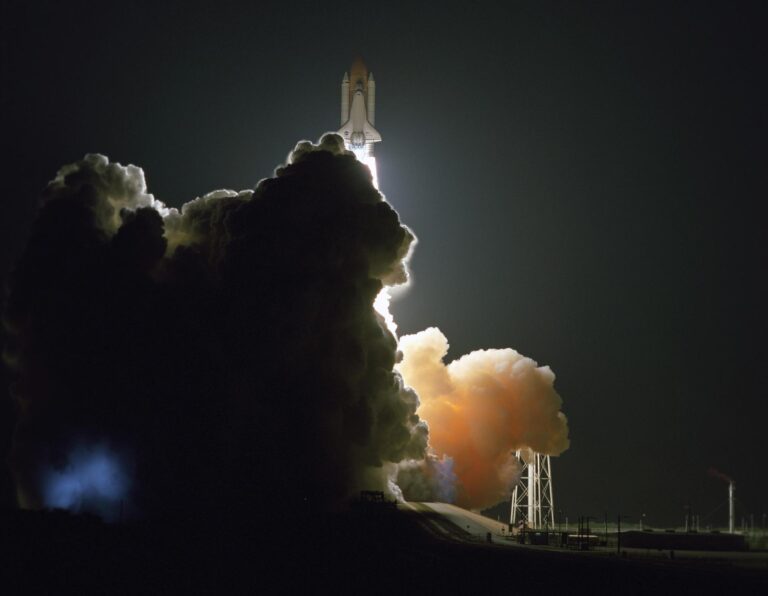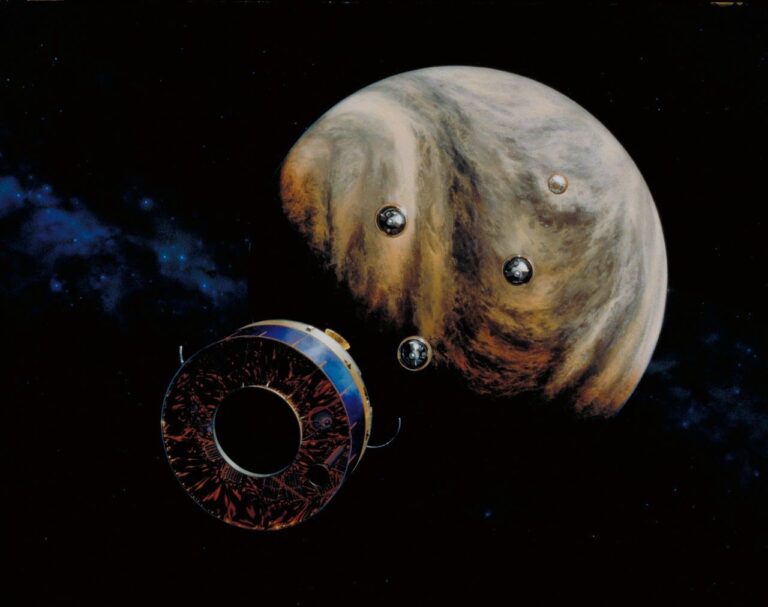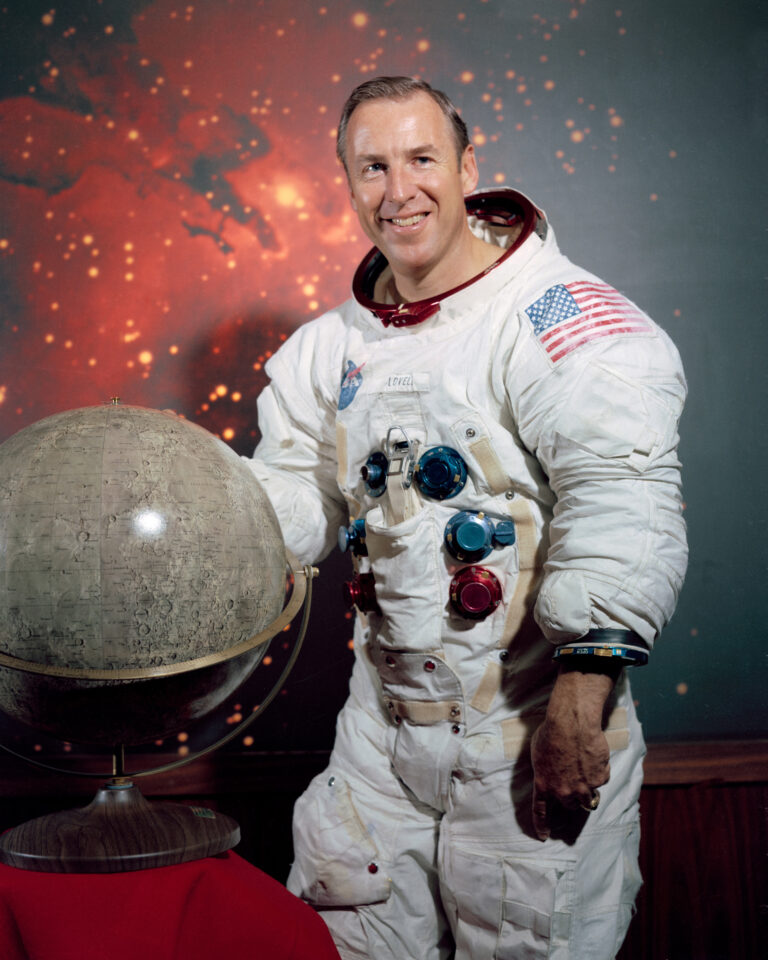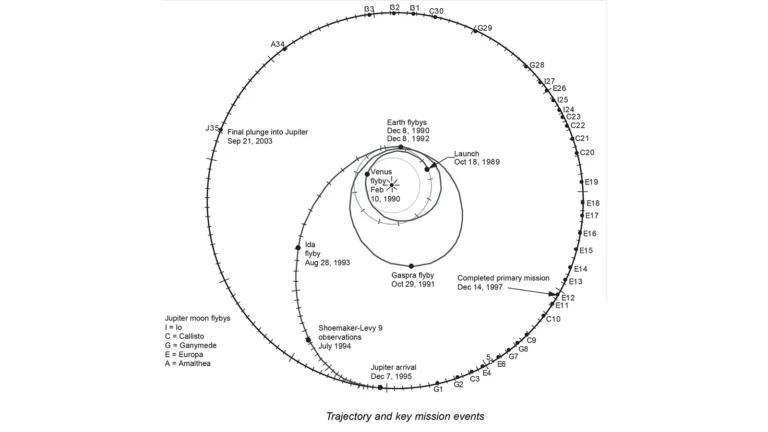Key Takeaways:
Juno is on a long and arduous journey; having left Earth nearly five years ago, it has been a month since the spacecraft fell into orbit around Jupiter. Even after slipping into the gas giant’s gravity, Juno is advancing towards a turning point.
For the first time, Juno has reached its farthest point from the gas giant in its orbit, otherwise known as the “apojove,” 5 million miles (8.1 million kilometers) from the planet on July 31 at 3:41 p.m. EST (12:41 p.m. PST). As the planet has a strong gravitational pull, the spacecraft will begin to fall back toward the planet for a pass to test its scientific instruments.
Juno is currently in one of two long orbits prior to the science phase of its mission. Each of these two capture orbits is almost two months long and has all the science team on the edge of their seats eagerly awaiting to see if Juno works as it should. But this wait is nothing as compared to the long wait the team had to withstand with the trip to the planet.
As Juno launched on August 5, 2011, the spacecraft had to wind its way through the inner solar system to get ready for an Earth assist so the planet could fling the probe towards Jupiter.
“For five years we’ve been focused on getting to Jupiter,” says Scott Bolton, Juno’s principal investigator, in a press release. “Now we’re there, and we’re concentrating on beginning dozens of flybys of Jupiter to get the science we’re after.”
Just in time for the Fourth of July, Juno arrived at Jupiter firing its main rocket engine for 35 minutes allowing the gas giant’s gravity to capture the spacecraft. Juno is now on the first of two 53.4 day-long orbits known as capture orbits. After completing the capture orbits, Juno’s engine will fire once more to shorten its orbital period to only 14 days to begin the science phase of its mission.
Before Juno can drop into a shorter orbital period, it must complete the first capture orbit around Jupiter on August 27. It will be the spacecraft’s closest pass to Jupiter to date at a mere 4,200 kilometers (2,600 miles) above the tops of the clouds.
During Juno’s orbital insertion into Jupiter’s gravity all the science instruments were turned off the simplify the operations on the spacecraft during the important maneuver. But during the close approach of the planet on August 27, all the instruments will be powered and collecting data as a trial run.
“We’re in an excellent state of health, with the spacecraft and all the instruments fully checked out and ready for our first up-close look at Jupiter,” says Rick Nybakken, Juno’s project manager, in a press release.
Juno’s mission is to look at Jupiter’s deep inner structure, its atmospheric circulation patterns, and the high-energy physics of the planet’s magnetic fields. With Juno’s powerful array of scientific instruments, the spacecraft will reveal clues to how the planet formed and provide insight into how our solar system evolved many billions of years ago.




